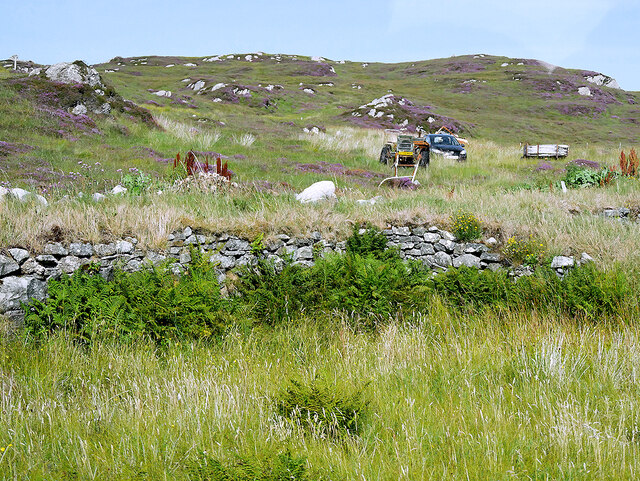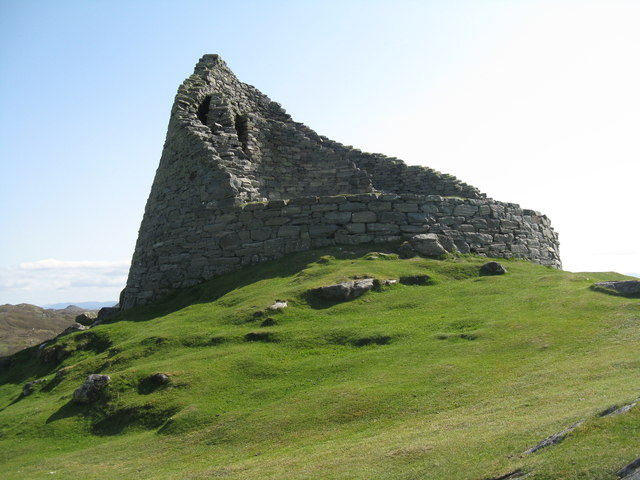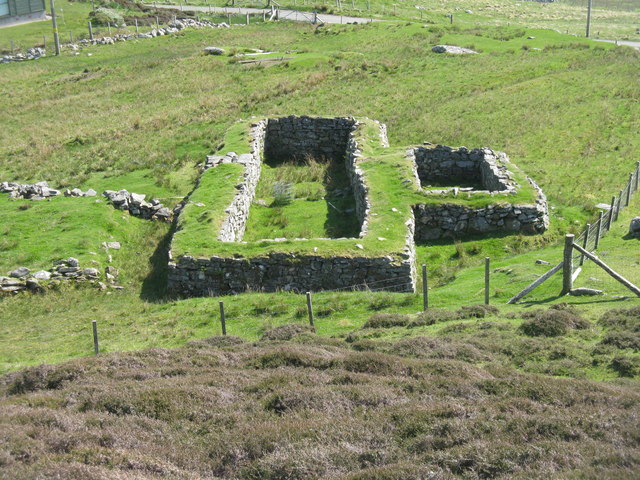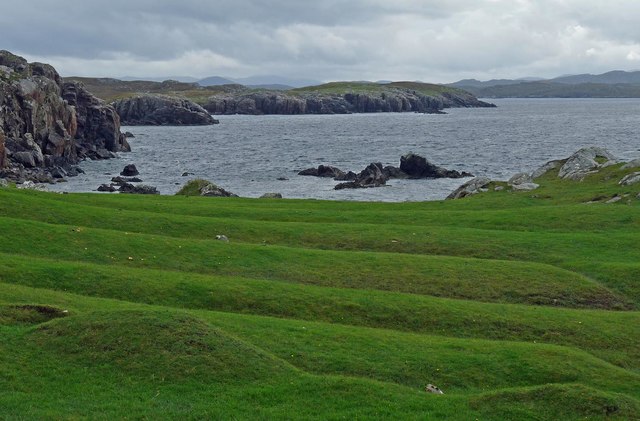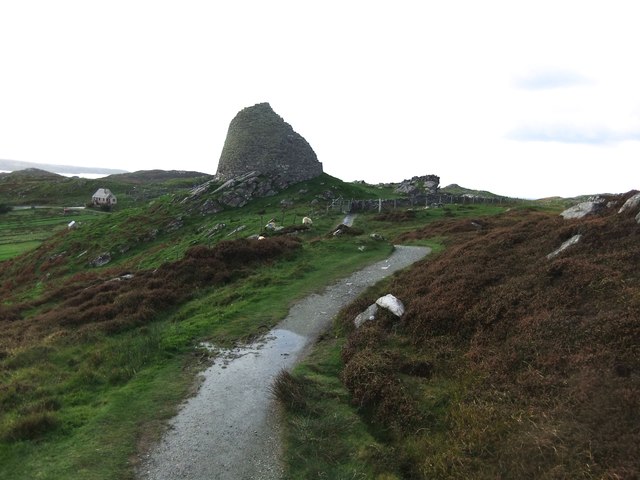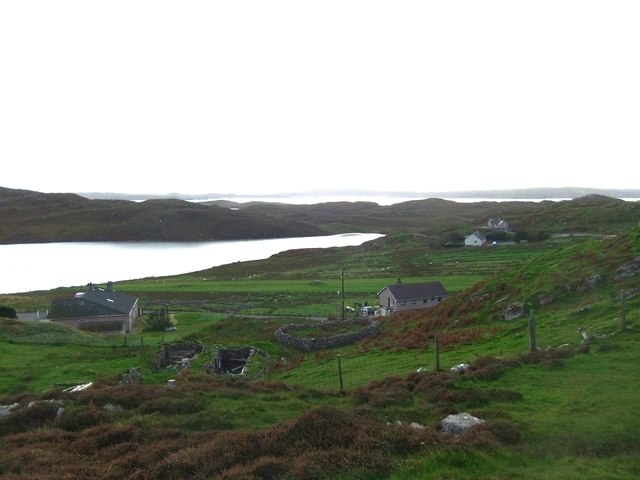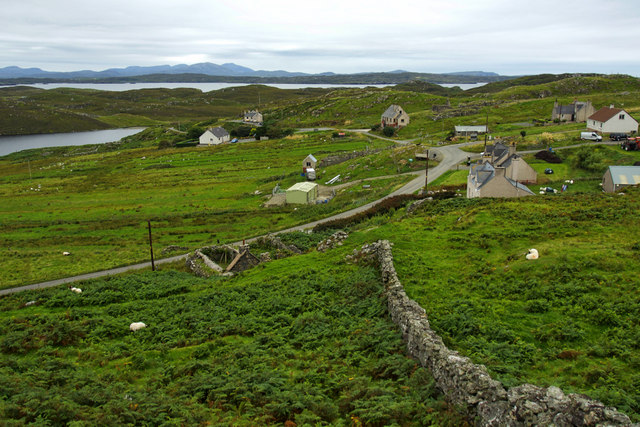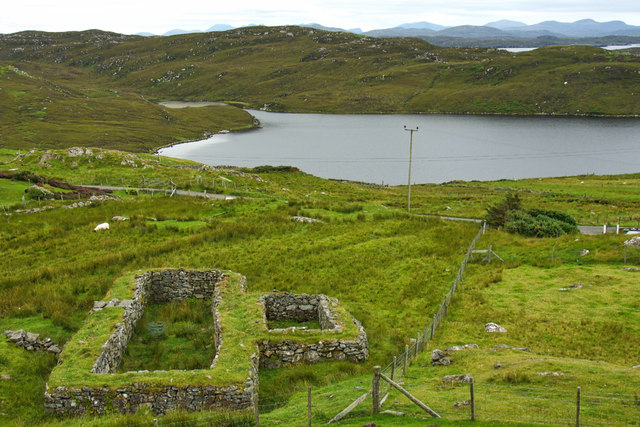Rock Linnge
Island in Ross-shire
Scotland
Rock Linnge
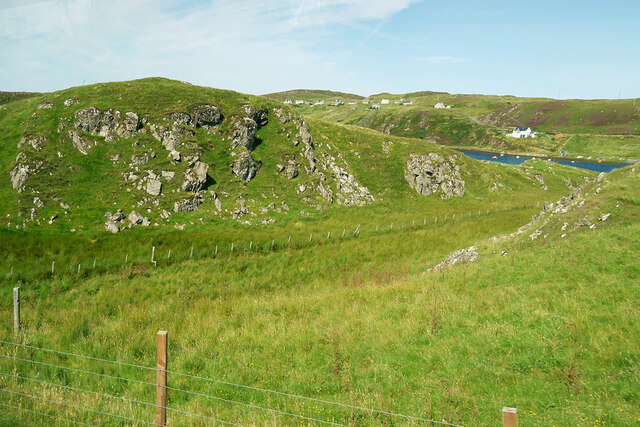
Rock Linnge is a small island located off the coast of Ross-shire, Scotland. Situated in the Inner Hebrides, this picturesque island is known for its stunning natural beauty and rich history. With a total area of approximately 5 square kilometers, Rock Linnge offers a peaceful and secluded getaway for nature enthusiasts and history buffs alike.
The island is characterized by its rugged coastline, towering cliffs, and pristine sandy beaches. It is home to a diverse range of flora and fauna, including seabirds, seals, and various species of marine life. The surrounding waters are popular among scuba divers and snorkelers due to their crystal-clear visibility and abundance of underwater wildlife.
Rock Linnge also boasts a fascinating history that dates back centuries. The island is home to ancient ruins, including a medieval castle and numerous archaeological sites. These remnants offer a glimpse into the island's past, showcasing its importance as a strategic location and its role in maritime trade.
Visitors to Rock Linnge can enjoy a range of outdoor activities, such as hiking, birdwatching, and beachcombing. The island is accessible by boat, and there are several accommodation options available for those wishing to stay overnight.
With its breathtaking scenery and rich history, Rock Linnge is a hidden gem waiting to be explored. Whether you are seeking tranquility in nature or a glimpse into the past, this island offers a unique and unforgettable experience for all who visit.
If you have any feedback on the listing, please let us know in the comments section below.
Rock Linnge Images
Images are sourced within 2km of 58.278397/-6.8113512 or Grid Reference NB1842. Thanks to Geograph Open Source API. All images are credited.
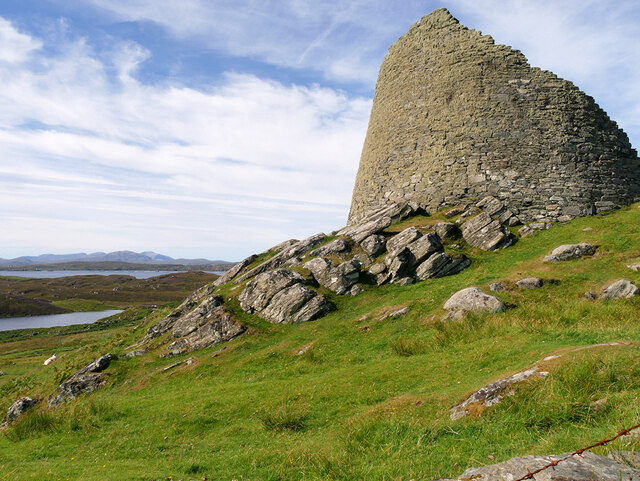
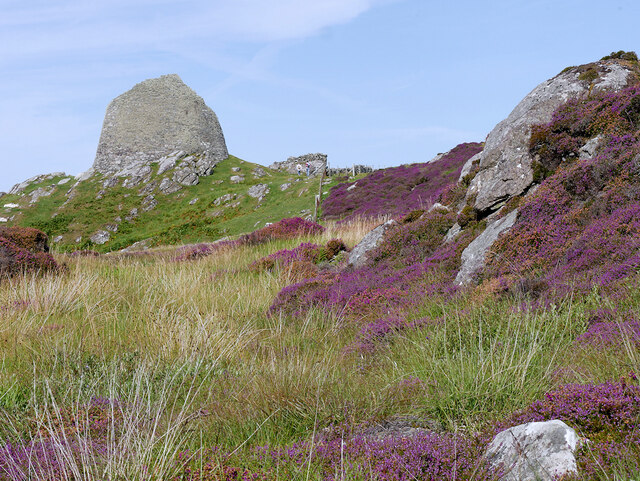
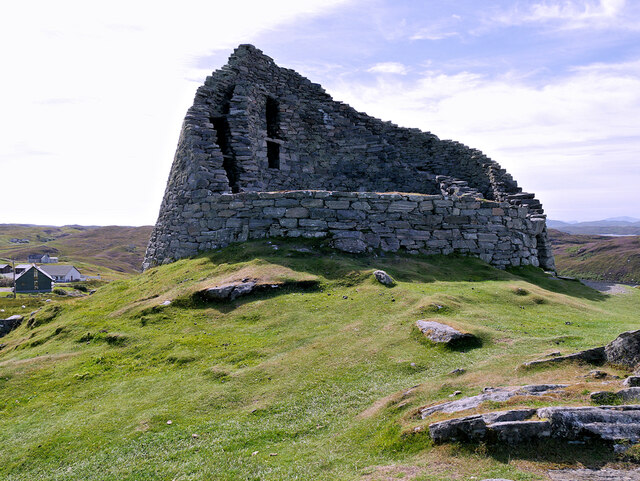
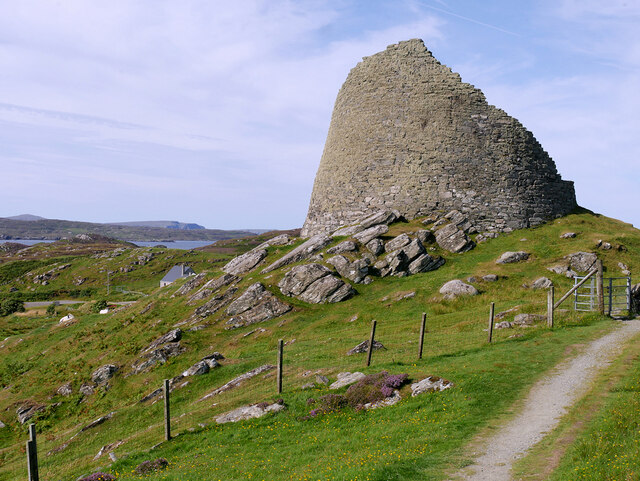
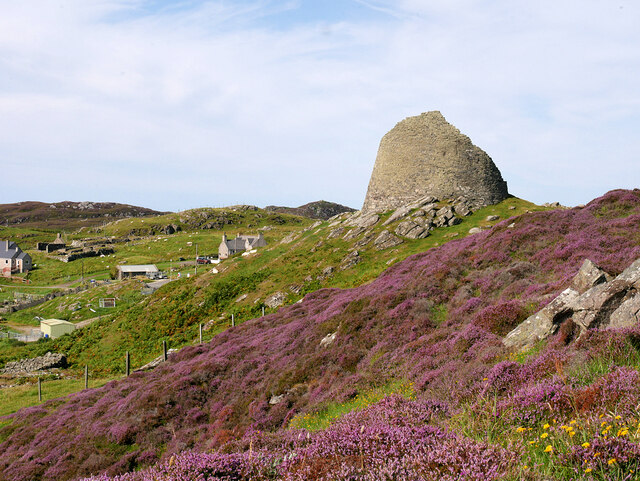
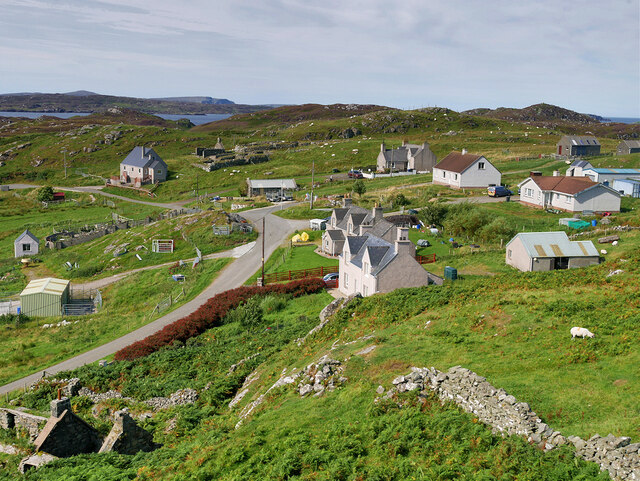
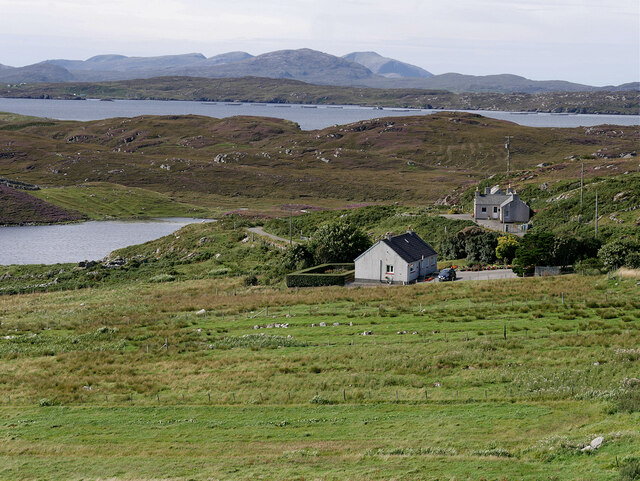
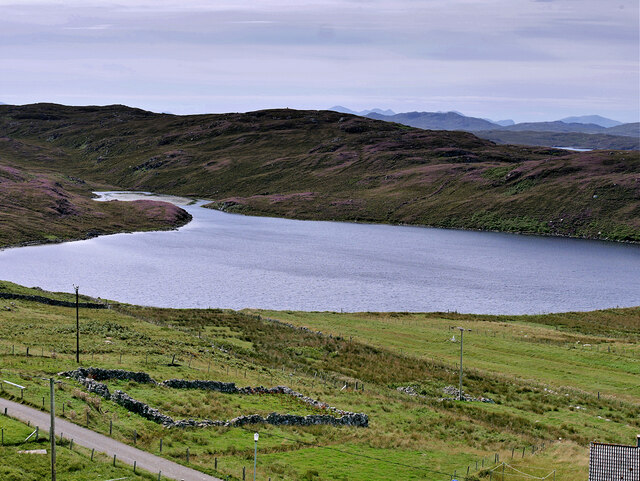
Rock Linnge is located at Grid Ref: NB1842 (Lat: 58.278397, Lng: -6.8113512)
Unitary Authority: Na h-Eileanan an Iar
Police Authority: Highlands and Islands
What 3 Words
///beaks.casually.market. Near Carloway, Na h-Eileanan Siar
Nearby Locations
Related Wikis
Borrowston, Lewis
Borrowston (Scottish Gaelic: Borghastan), with a population of about 50, is a crofting township situated on the Isle of Lewis, on the Outer Hebrides of...
Dun Carloway
Dun Carloway (Scottish Gaelic: Dùn Chàrlabhaigh) is a broch situated in the district of Carloway, on the west coast of the Isle of Lewis, Scotland (grid...
Garenin
Garenin (Scottish Gaelic: Na Gearrannan) is a crofting township on the west coast of the Isle of Lewis in the Outer Hebrides of Scotland. Garenin is in...
Carloway
Carloway (Scottish Gaelic: Càrlabhagh [ˈkʰaːɾɫ̪ə.ɤː]) is a crofting township and a district on the west coast of the Isle of Lewis, in the Outer Hebrides...
Nearby Amenities
Located within 500m of 58.278397,-6.8113512Have you been to Rock Linnge?
Leave your review of Rock Linnge below (or comments, questions and feedback).
